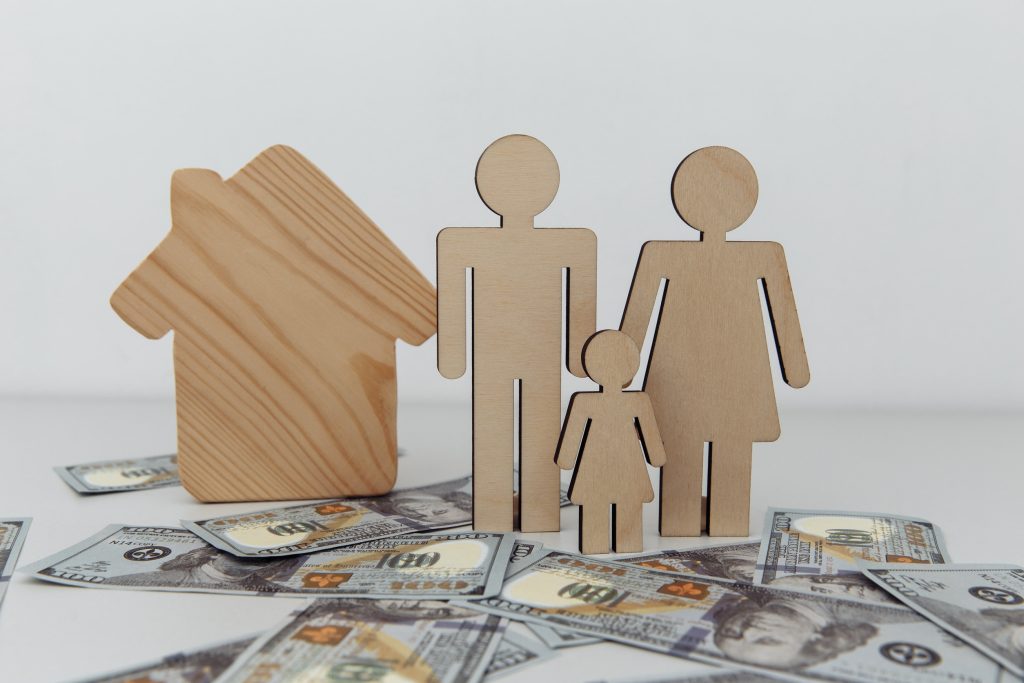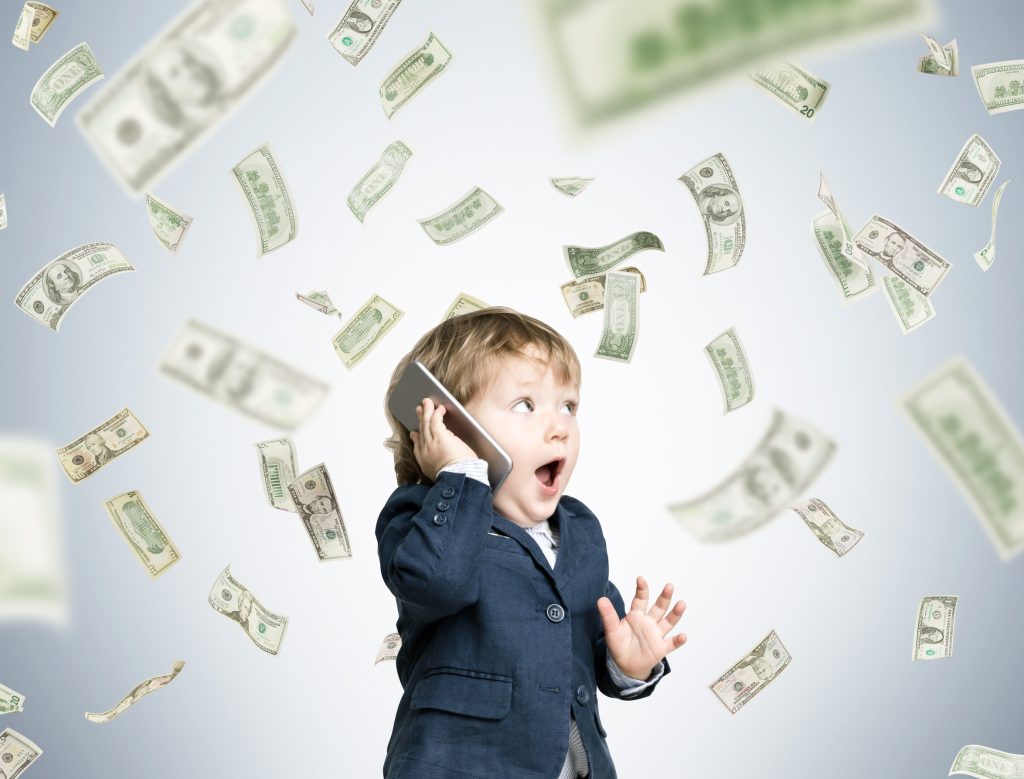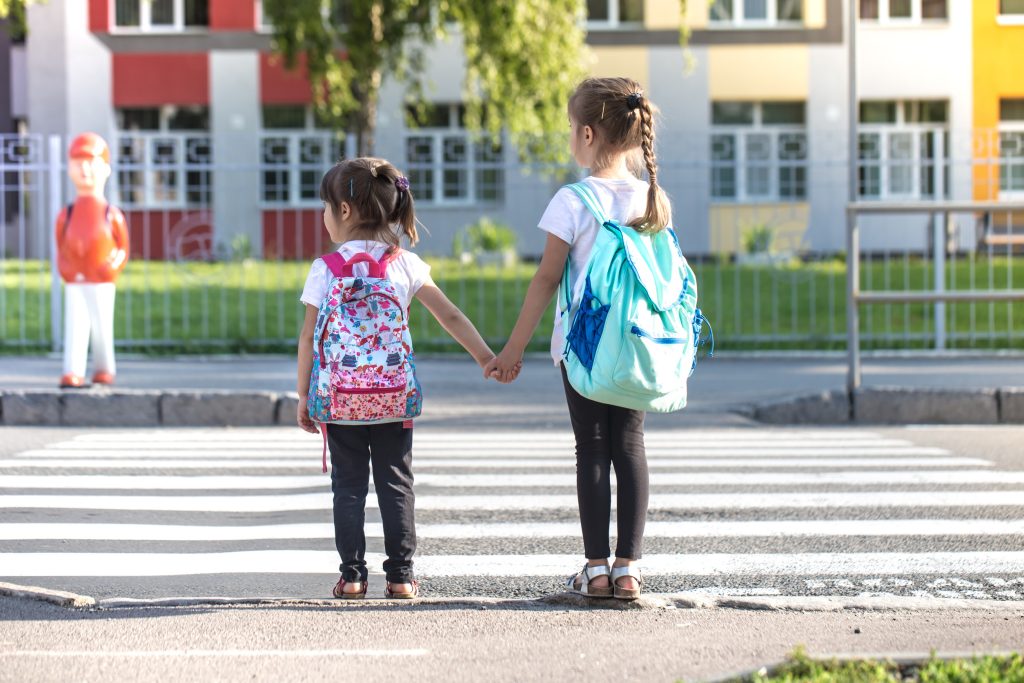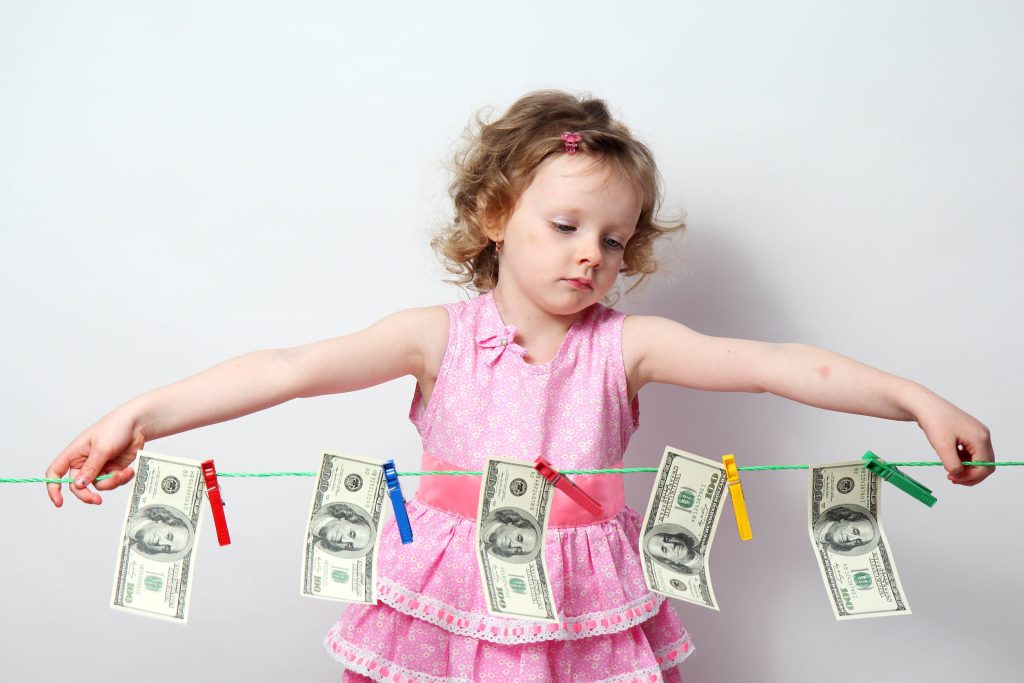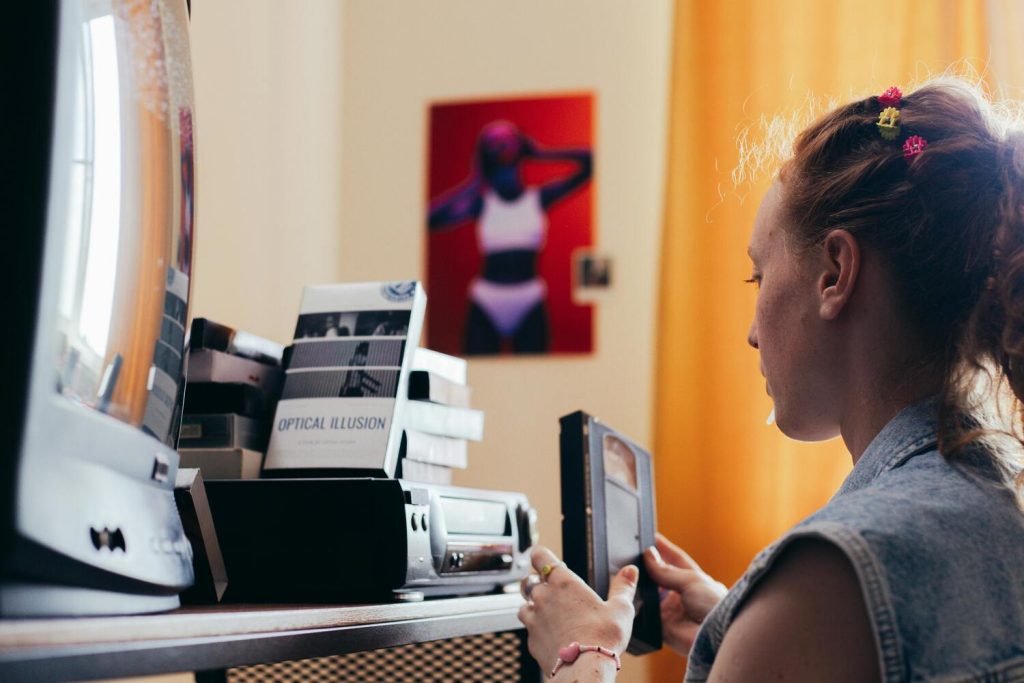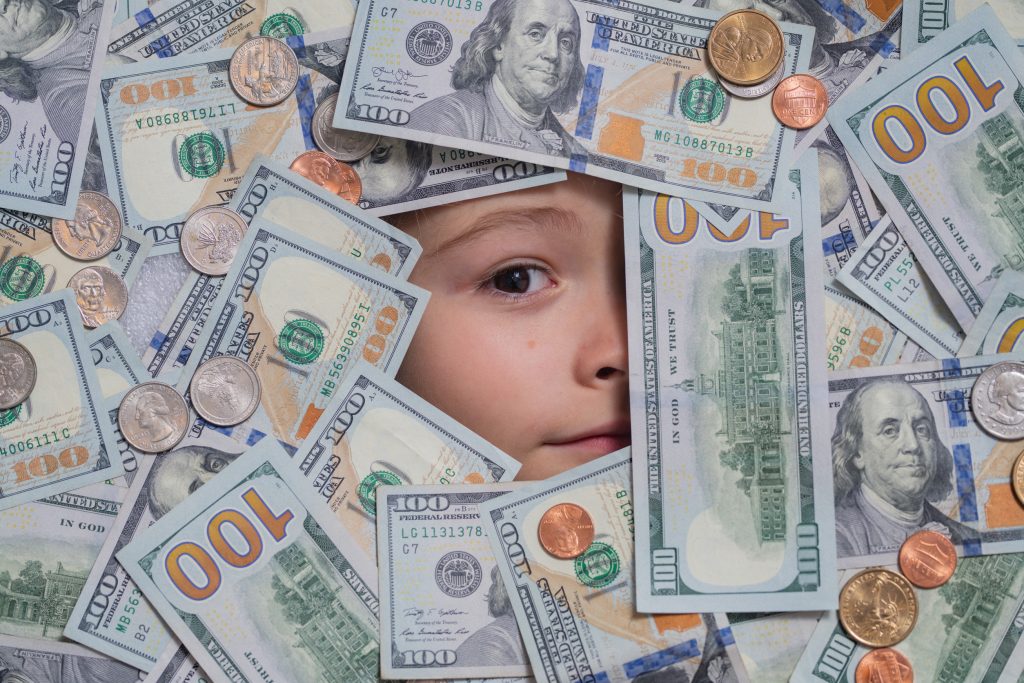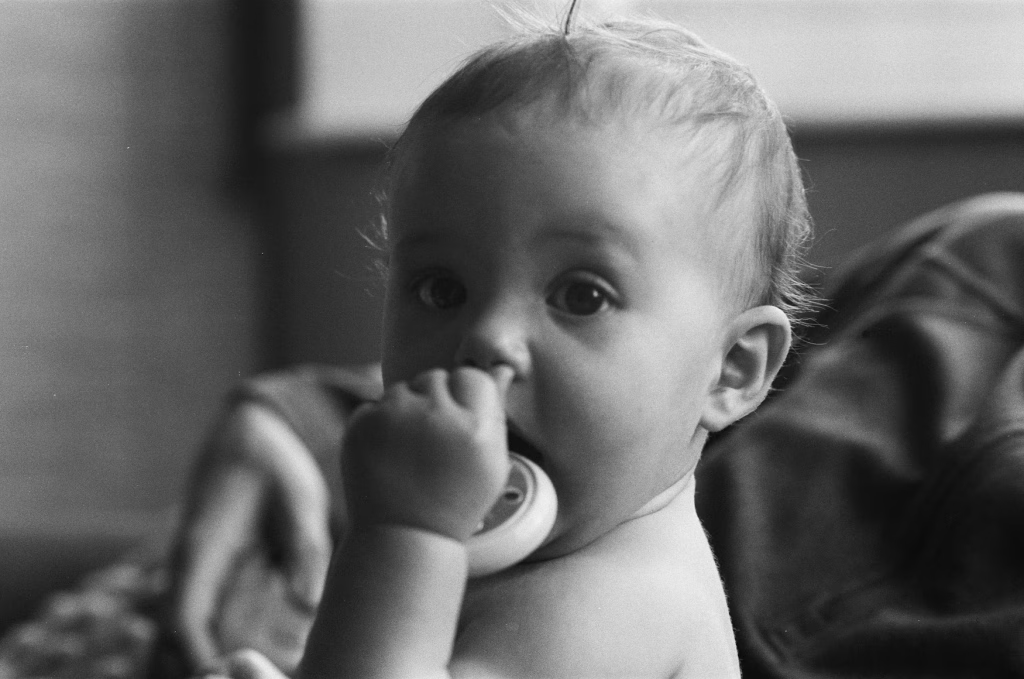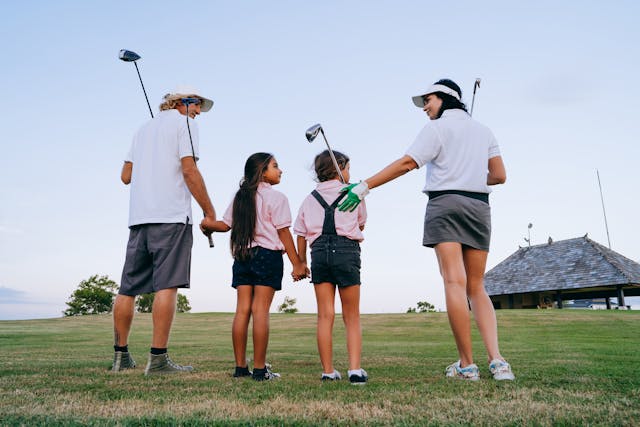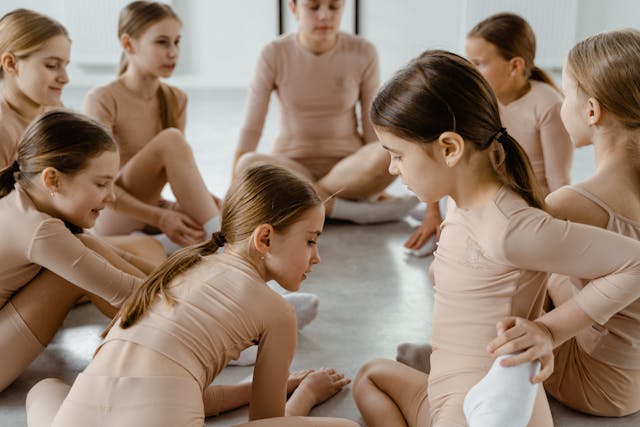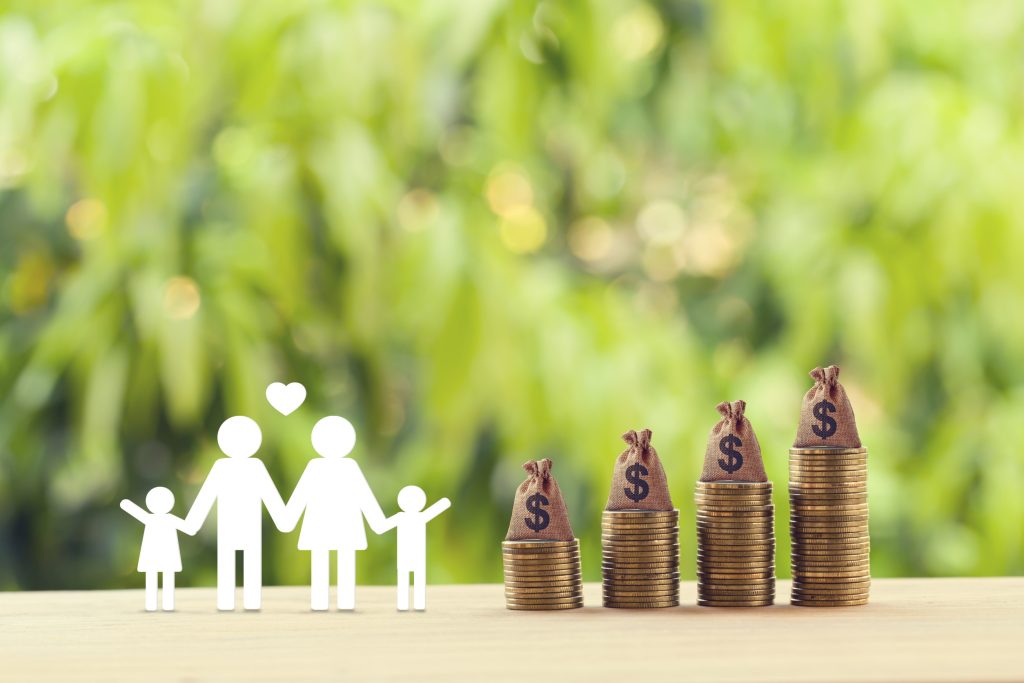
If you’ve been clinging to that long-quoted statistic that the cost of raising a child is around $250,000, brace yourself—it’s wildly outdated. Between inflation, housing spikes, and the rising cost of childcare and education, today’s families are facing a much steeper bill. Whether you’re a new parent or planning your family’s future, understanding the real cost of raising a child is crucial to budgeting, saving, and staying financially stable. And while the price tag may be higher than expected, knowing where the money goes can help you take smarter steps forward. Let’s break down what’s changed, what’s growing fastest, and how to plan for it all.
1. Housing Is Now the Largest Expense
The cost of raising a child has shifted in recent years, with housing taking the lead as the biggest financial strain. Larger homes, safe neighborhoods, and proximity to good schools often come with hefty price tags. Many families find themselves moving or upgrading simply to make space for a growing child, increasing mortgage or rent by hundreds of dollars a month. Add in higher utility bills, more furniture, and constant repairs, and housing costs account for nearly one-third of total child-rearing expenses. It’s not just about space—it’s about the lifestyle that space demands.
2. Childcare Is Breaking Budgets Nationwide
Full-time childcare is now rivaling college tuition in many parts of the country. Depending on where you live, daycare alone can run between $6,000 and $22,000 per year per child. For families with two working parents, childcare becomes a non-negotiable—but an incredibly costly—part of life. Even part-time care, after-school programs, and summer camps can pile up quickly. The cost of raising a child no longer allows much wiggle room when childcare becomes a second rent payment.
3. Food Prices Aren’t Just an Adult Problem
Once your baby graduates from formula and purées, the grocery bill can grow just as fast as they do. Kids eat more than you’d expect—especially during growth spurts—and picky eaters can drive up the cost with special requests and food waste. Add in school lunches, snacks, and occasional dining out, and your monthly food budget might start to rival your car payment. Families are feeling the impact of rising grocery prices in ways that make budgeting harder than ever. Feeding a child today is a far cry from tossing a few extra items in the cart.
4. Healthcare Costs Are Rising—Even With Insurance
Doctor visits, dental cleanings, braces, prescriptions, and emergency room trips all add up over the years. Even families with good insurance face steep deductibles, copays, and uncovered expenses like vision care or mental health therapy. Health-related costs remain one of the most unpredictable parts of the cost of raising a child. And with more families needing specialized care for developmental or behavioral issues, many are budgeting for therapy as early as preschool. One accident or diagnosis can double your health-related spending overnight.
5. Education Comes With Hidden Fees
Public school may be free, but that doesn’t mean it’s cheap. School supplies, field trips, sports fees, uniforms, fundraising, and extracurriculars can eat up thousands over the course of a child’s K–12 experience. And if you’re planning for college? Tack on an additional $38,270 per year in college, depending on the school and financial aid options. Even before your child picks a major, the education portion of the cost of raising a child is a financial force to be reckoned with. And yes, private school or tutoring? That’s a whole other level of expense.
6. Technology Is Now a Basic Need
Gone are the days when a child needed only pencils and notebooks to succeed in school. Now, tablets, laptops, smartphones, and reliable internet are essential tools for learning, communication, and social development. Parents are also covering monthly service plans, data charges, software subscriptions, and constant device upgrades. Technology isn’t a luxury—it’s part of the modern parenting toolkit. It’s a new line item in the cost of raising a child, and one that keeps evolving with every app update and school requirement.
The Number May Be Higher, But So Is Your Awareness
Yes, the cost of raising a child today can easily exceed $300,000 by the time they turn 18—and that’s before college. But knowing what to expect helps you plan smarter, spend wiser, and advocate for policies that support families better. Budgeting intentionally, rethinking what’s truly necessary, and focusing on long-term priorities can go a long way. Kids are expensive, but they’re also worth every penny—and with a little strategy, you can make it all work. Awareness is the first step to peace of mind.
What unexpected costs caught you off guard when raising your child? Share your experience and tips for managing the cost of raising a child in the comments!
Read More:
6 Reasons Stay-at-Home Parenting Isn’t the Budget Saver It’s Made Out to Be
Unplanned Children: Here’s What That Unexpected Child Is Going to Cost You
Catherine is a tech-savvy writer who has focused on the personal finance space for more than eight years. She has a Bachelor’s in Information Technology and enjoys showcasing how tech can simplify everyday personal finance tasks like budgeting, spending tracking, and planning for the future. Additionally, she’s explored the ins and outs of the world of side hustles and loves to share what she’s learned along the way. When she’s not working, you can find her relaxing at home in the Pacific Northwest with her two cats or enjoying a cup of coffee at her neighborhood cafe.
